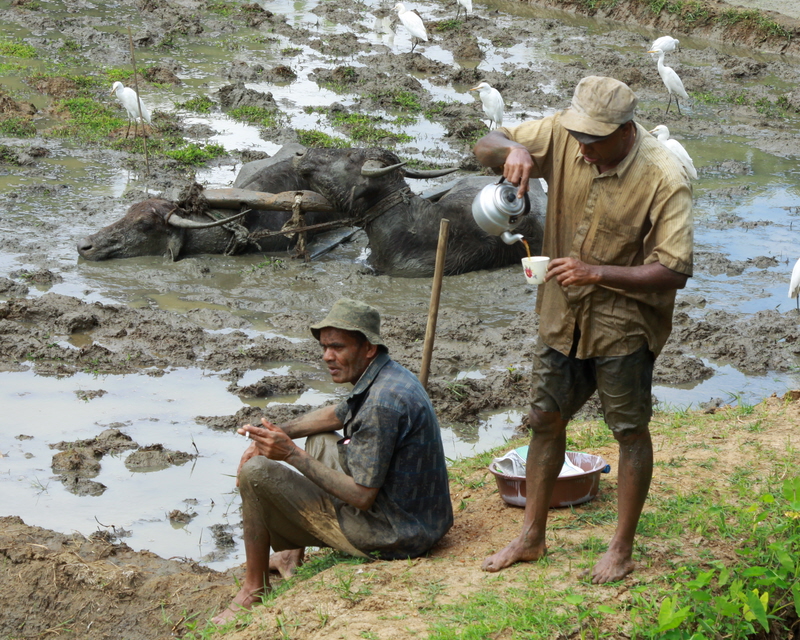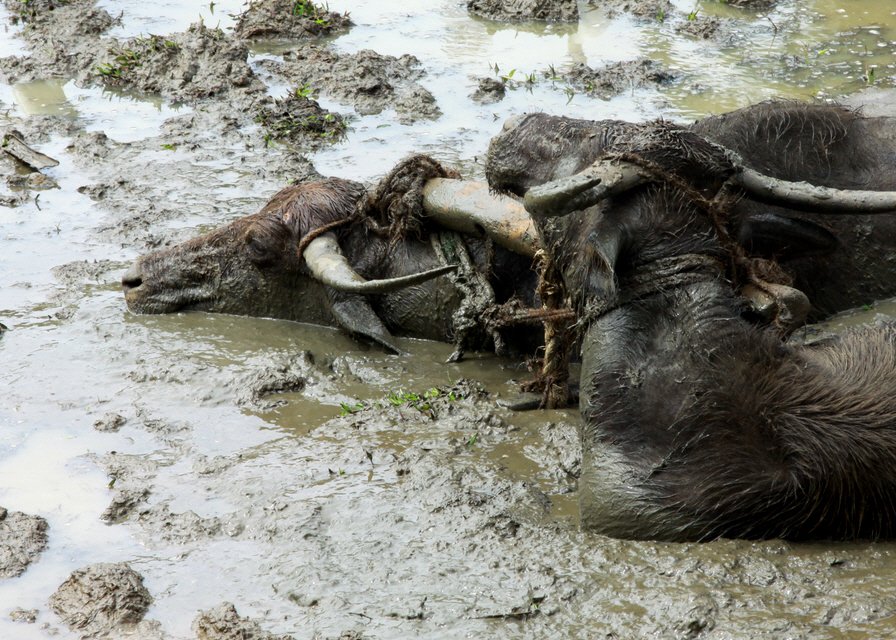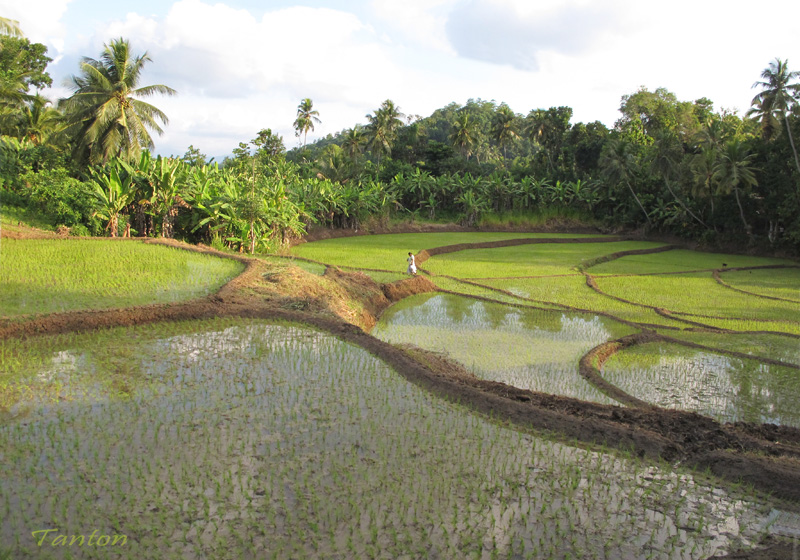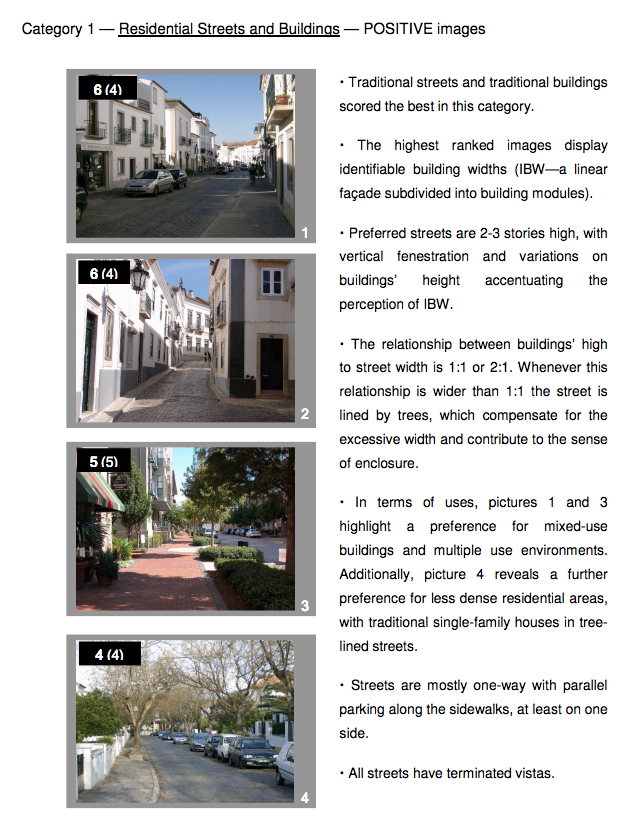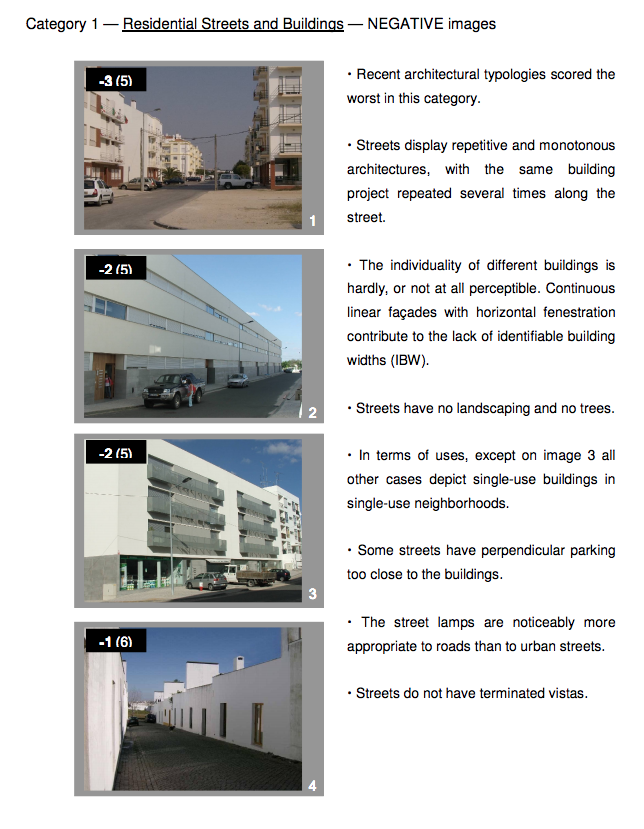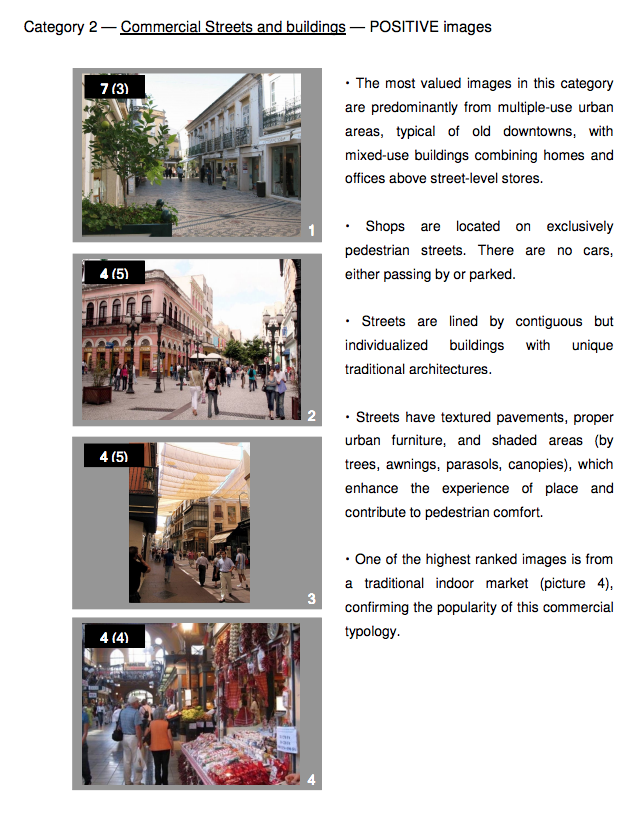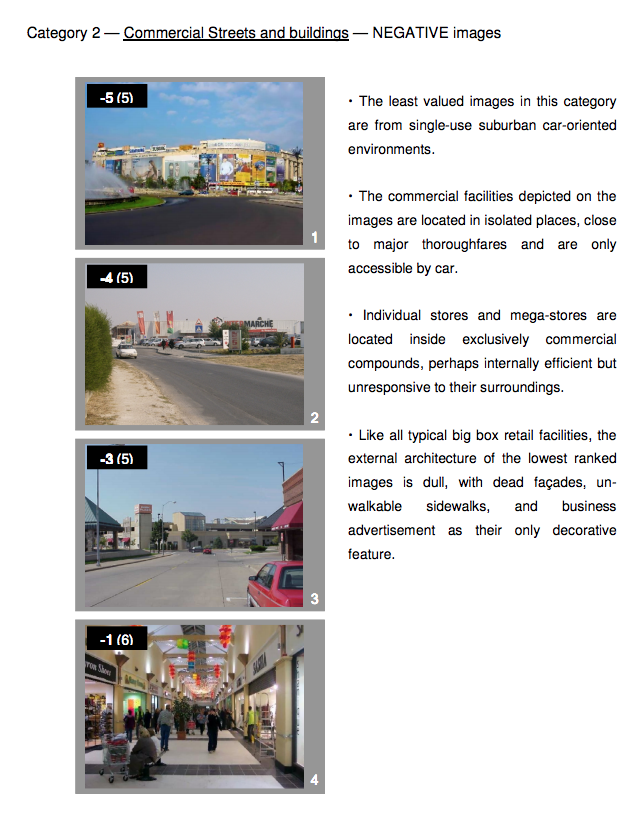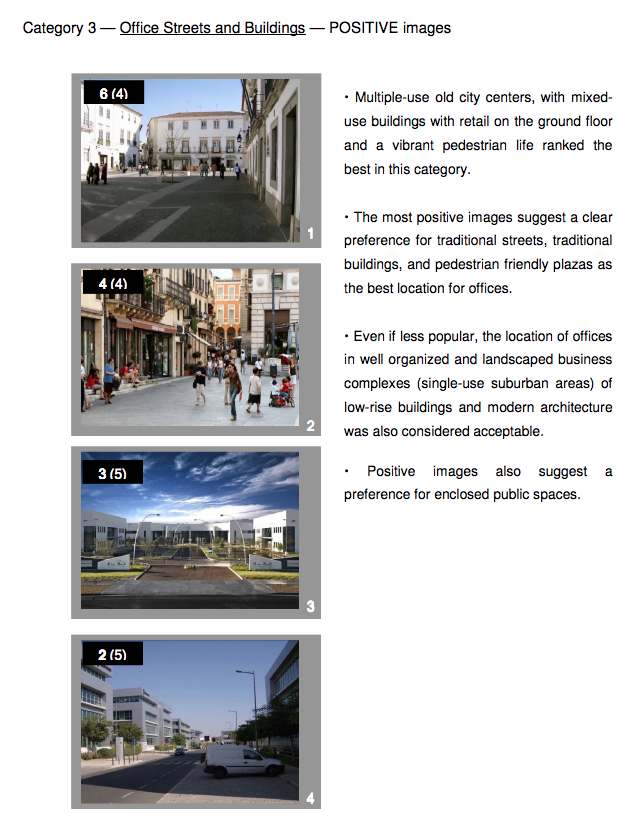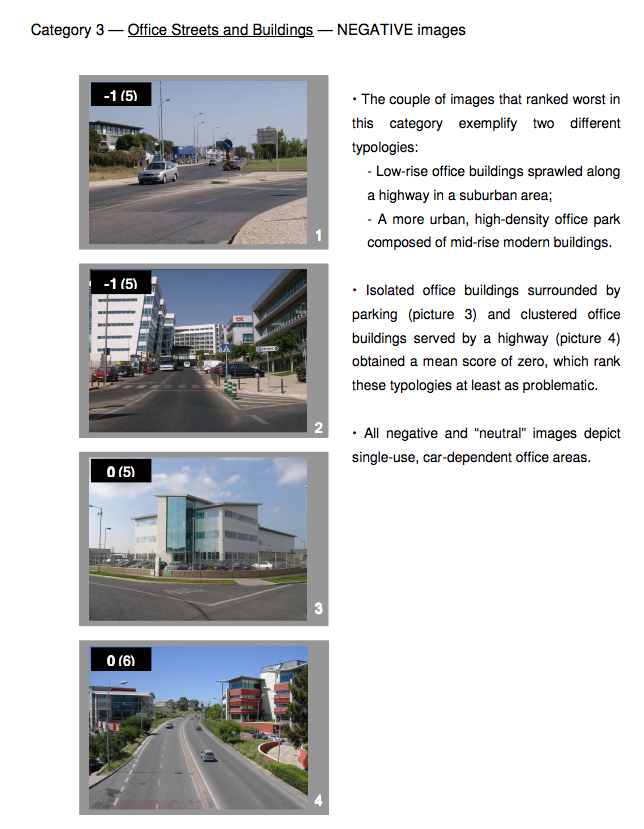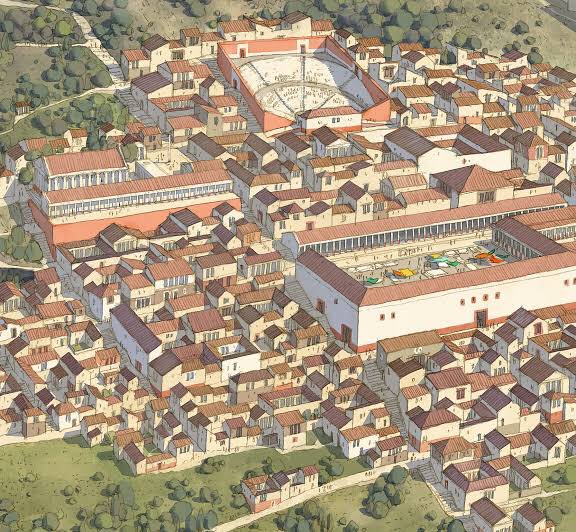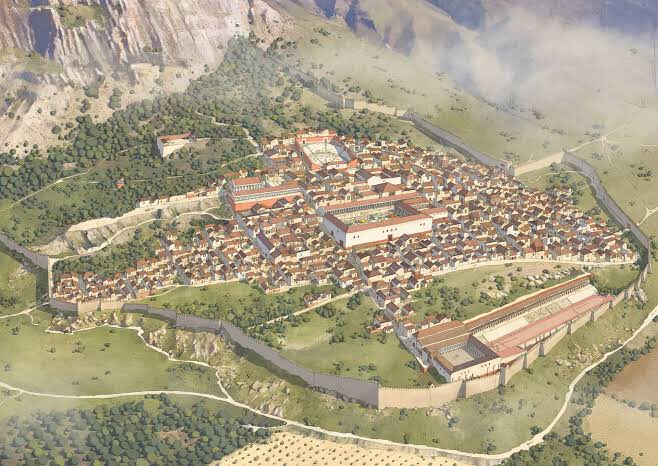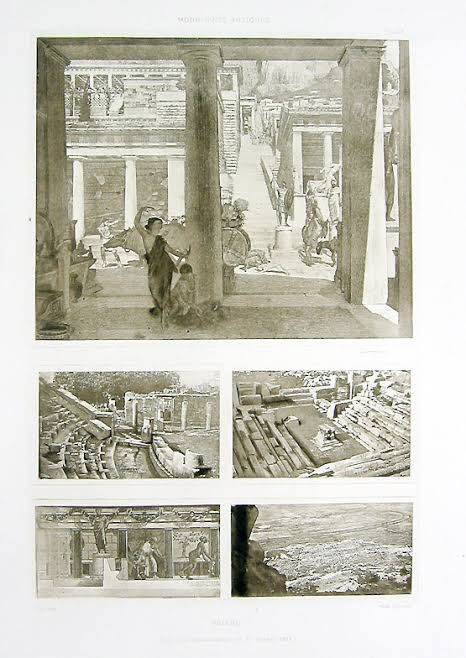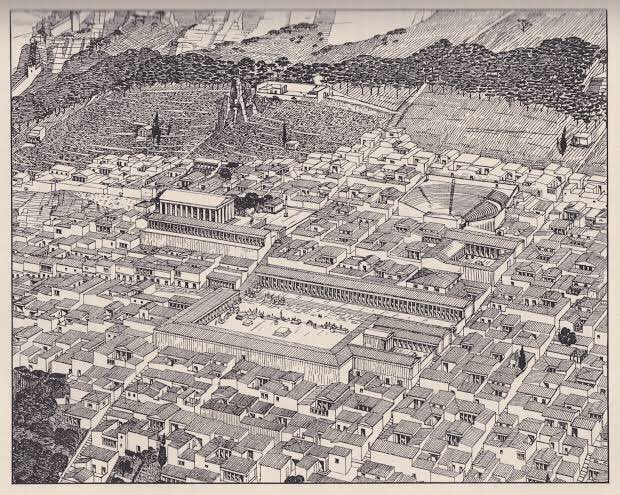
The most trad fruit tree of them all: the quince. Here's a gathering of Chinese quinces (Pseudocydonia sinensis). Quinces are inedible raw, only useful cooked. In the early days of the American colonies every garden had a quince: you couldn't have a kitchen orchard without one. 

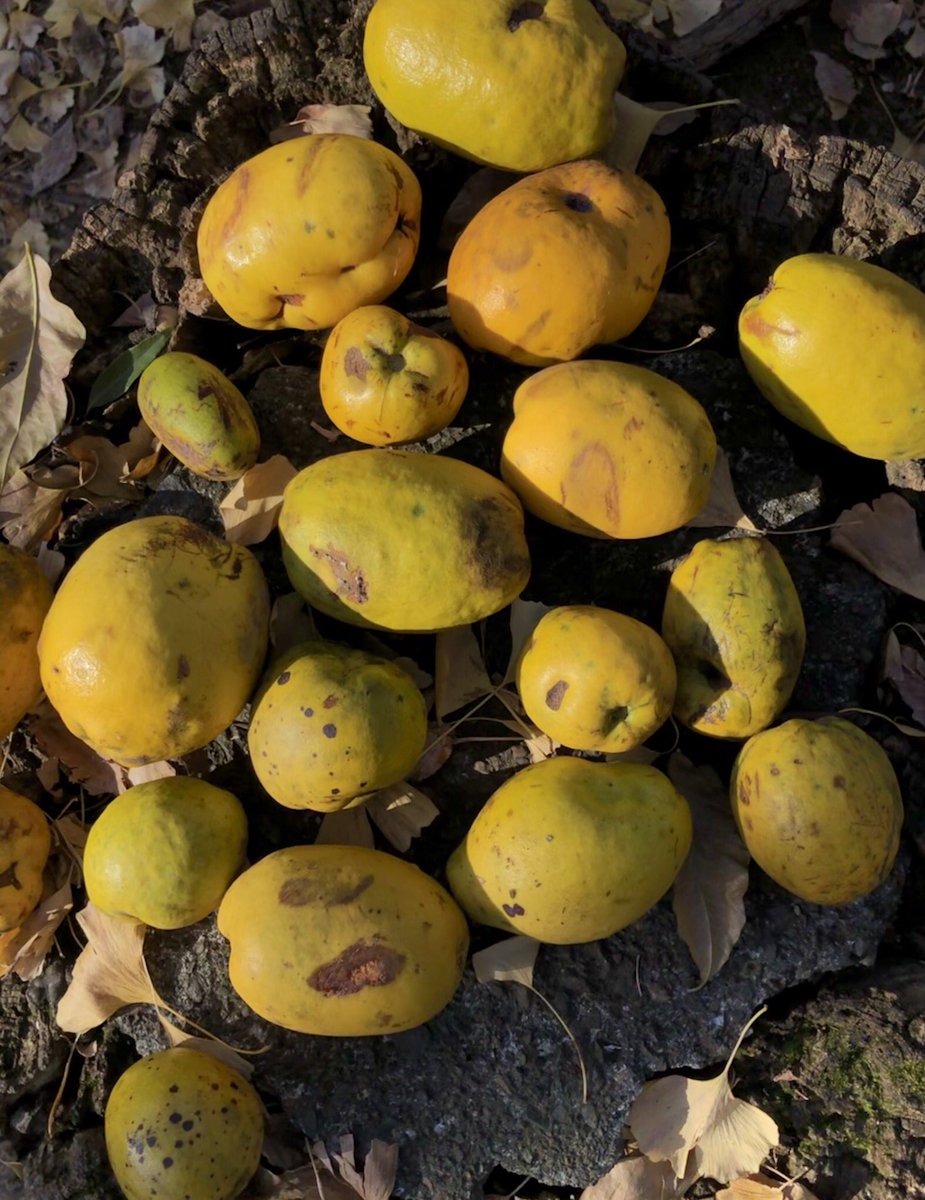
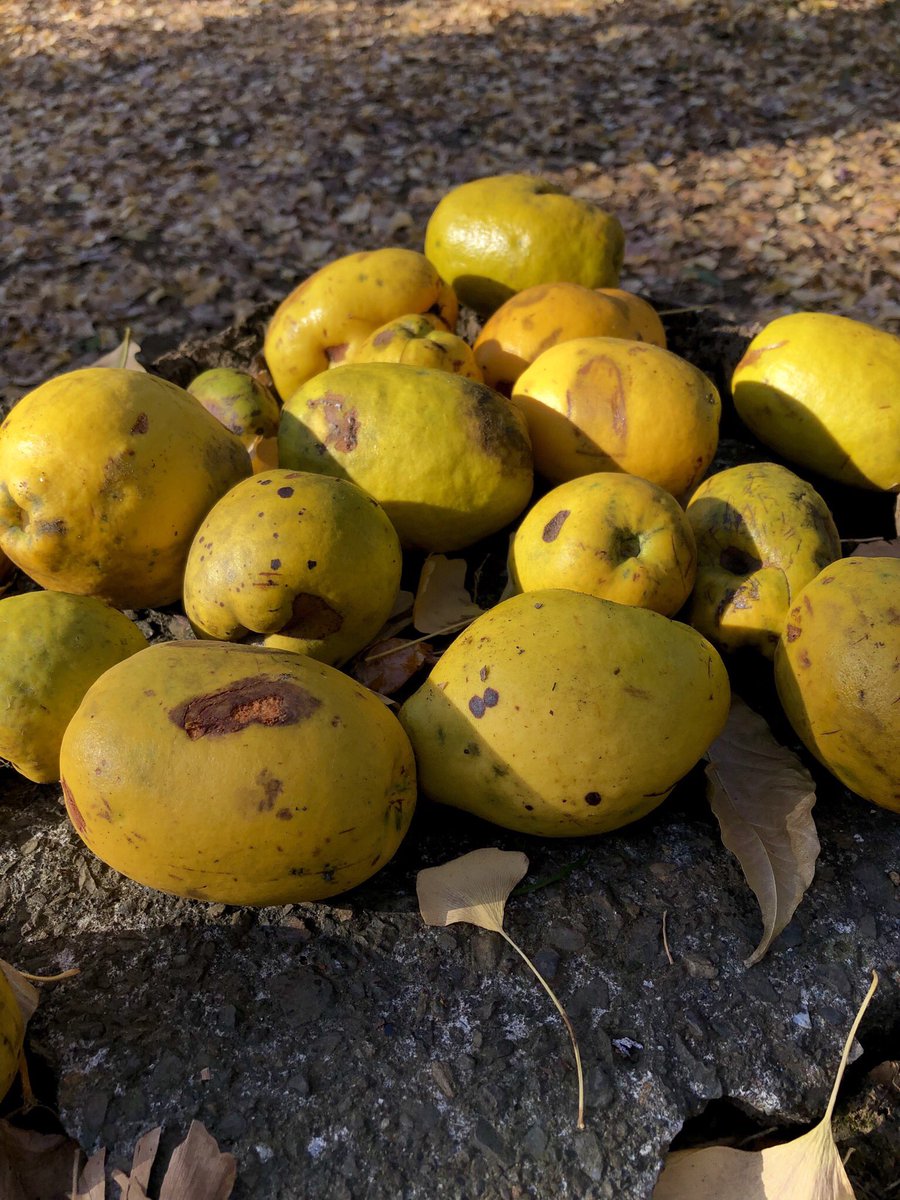
Quince fruit is naturally very rich in pectins, which is a must if you want to make long lasting marmalades, jams, preserves, jellies, etc. Growing lots of fruits without being able to preserve them wasn't optimal, so every kitchen garden had a quince until lemons became common. 

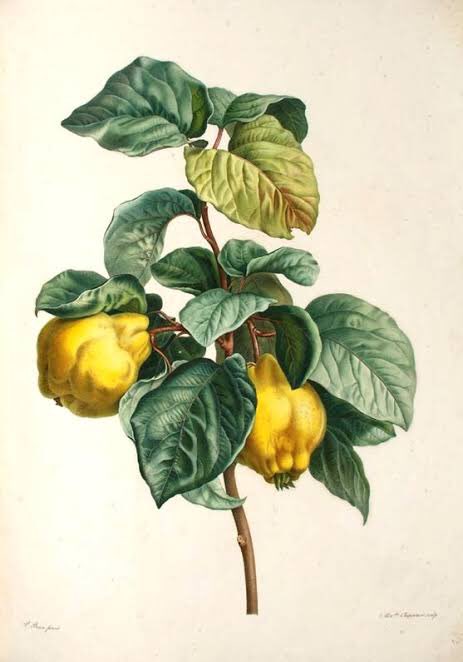
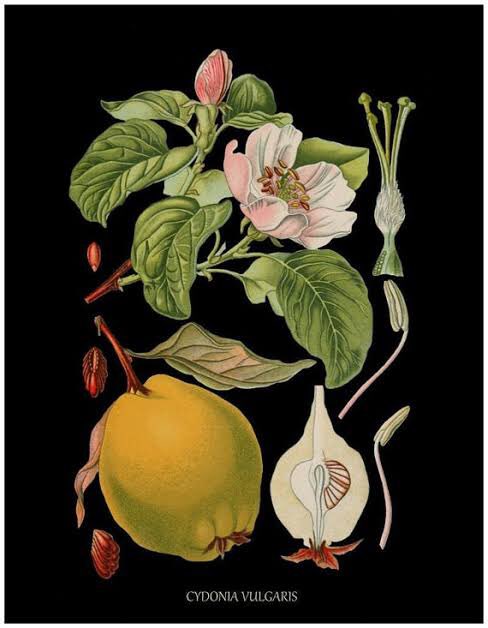
It also helps that the quince is a remarkably durable, interesting, fragrant tree with wonderful flowers. In my opinion the Chinese quince (a close relative of the European quince) is even wilder looking and it takes up so little space in a garden that planting one is no-brainer. 

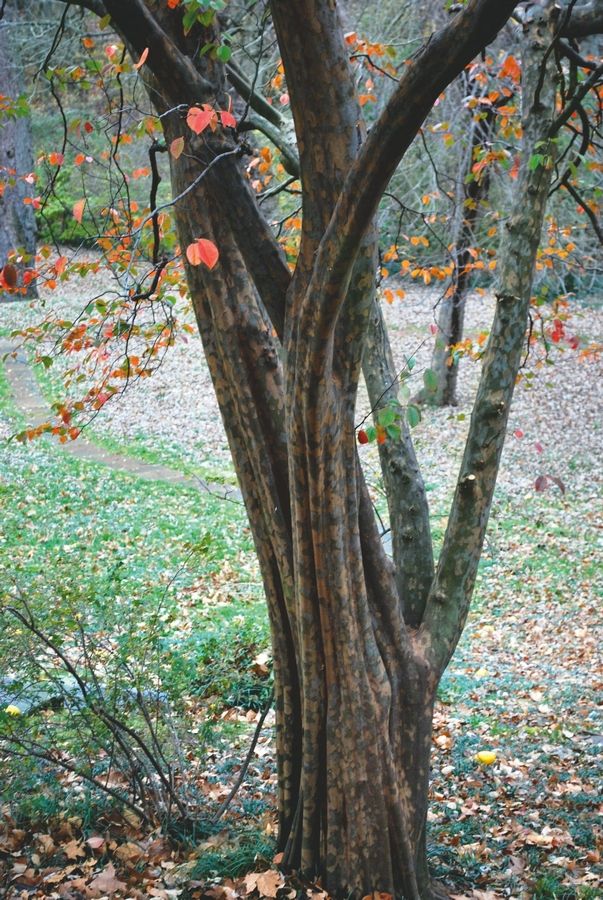
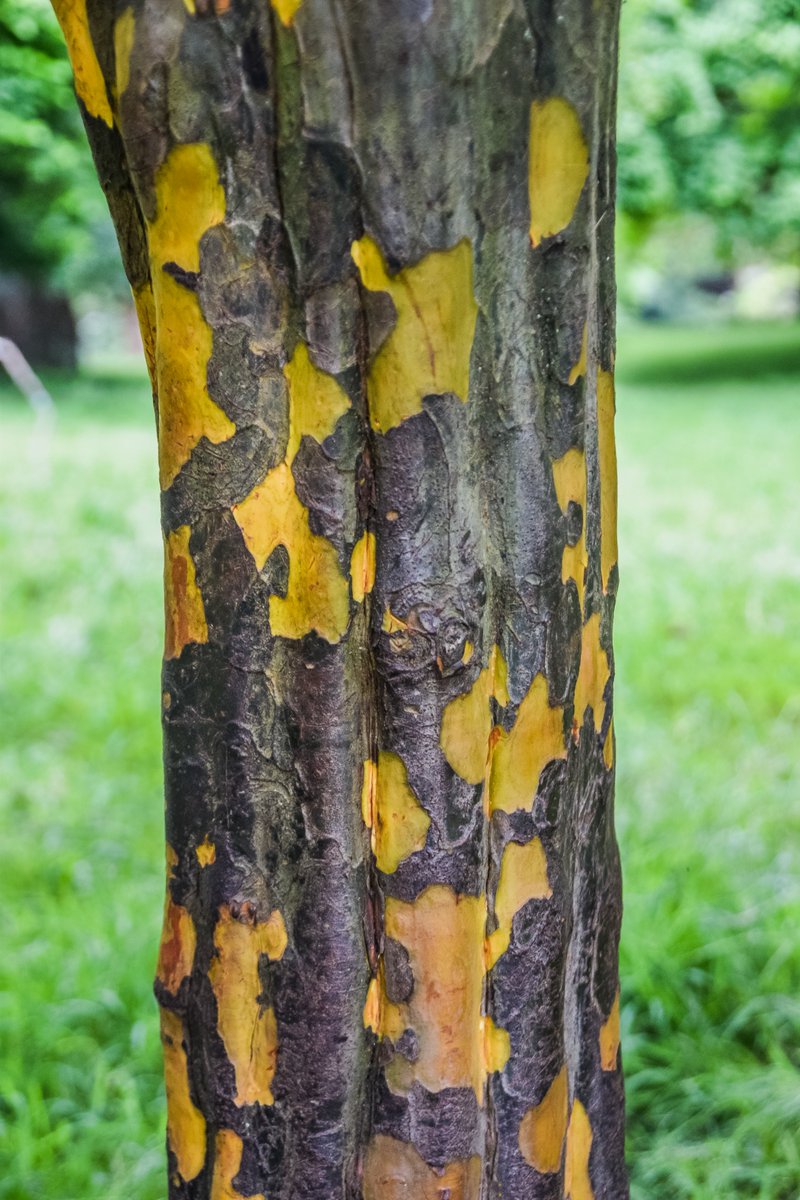
The idea is to leave the fruit to fall to the ground by themselves, when they are ready, so you just let the tree grow as tall as it pleases, the fruits will come down with a big plonk just in time for when you need it to make jam out of all the other fruits you have harvested. 

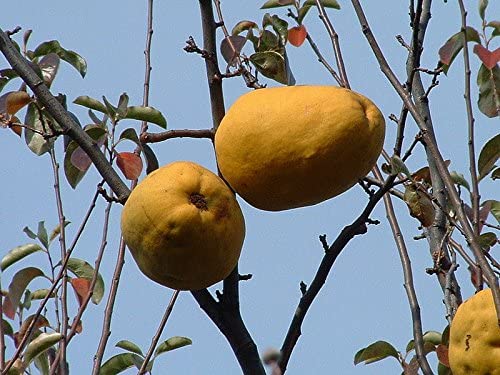
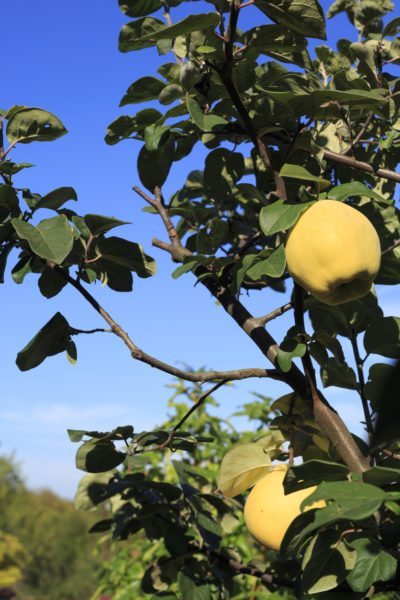
But here is why you should plant one and why every city where you can not grow lemons naturally, should have at least 10-25% of its fruit stock in quince: should the hard times ever come, should global shipping fail, should the industrial lemon orchards be wiped out by disease...
...your city and community will need it to preserve the autumn fruit harvest for winter. It is a fruit that could well mean the difference between life and death, if worst comes to worst. Or at the very least, a long winter of interesting jams vs. crab apples day in day out. 
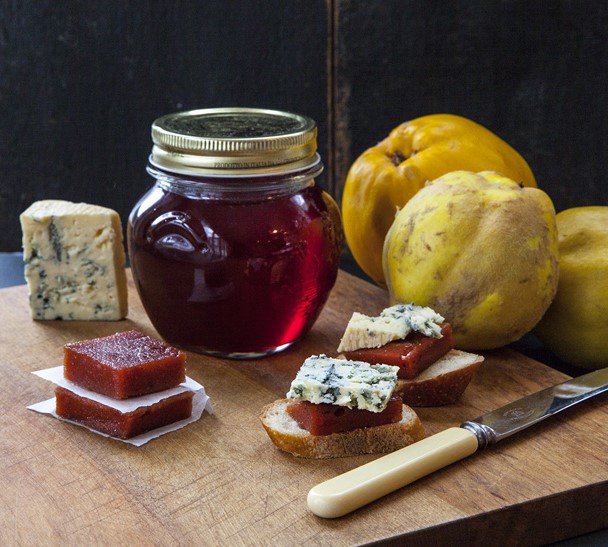
It you live in New York I recommend going to see the quinces at the Cloisters Museum. There's four of them in the main garden. Medieval architecture too, and it is outdoors or old fashioned natural ventilation so you won't catch anything (other than UV and vitamin-D). 
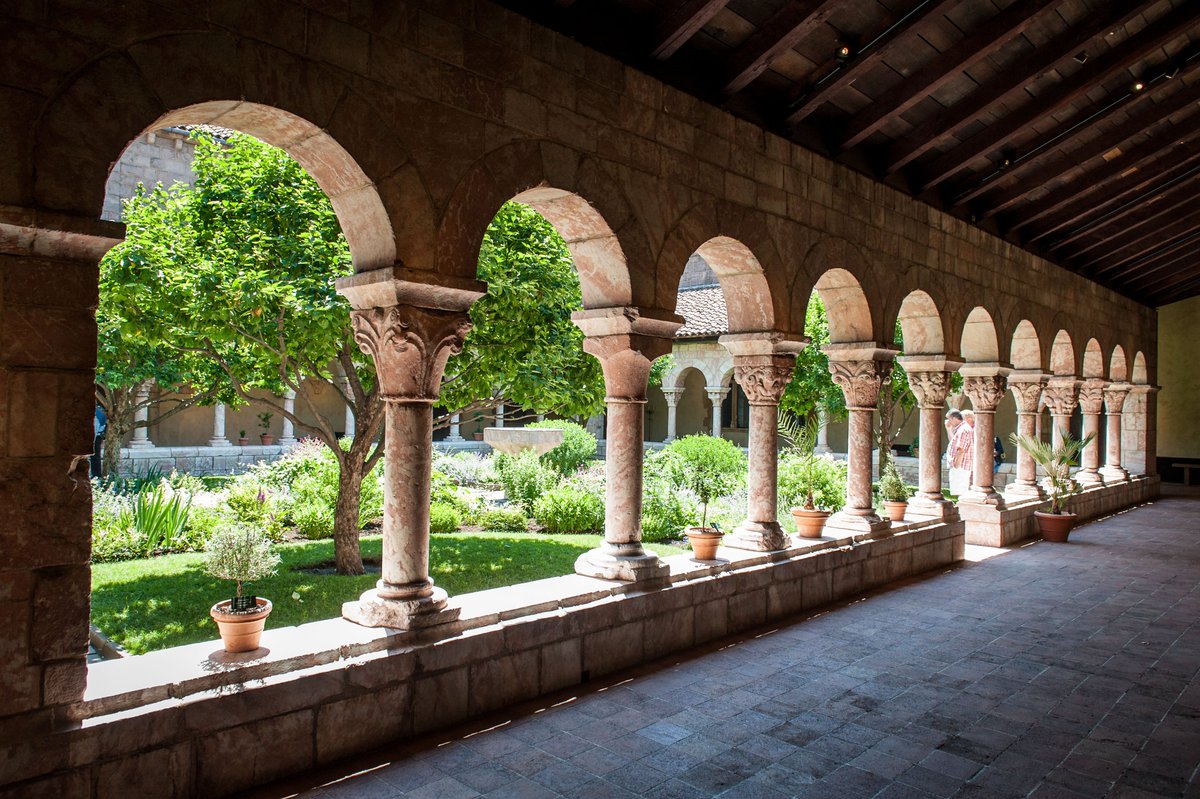
• • •
Missing some Tweet in this thread? You can try to
force a refresh









